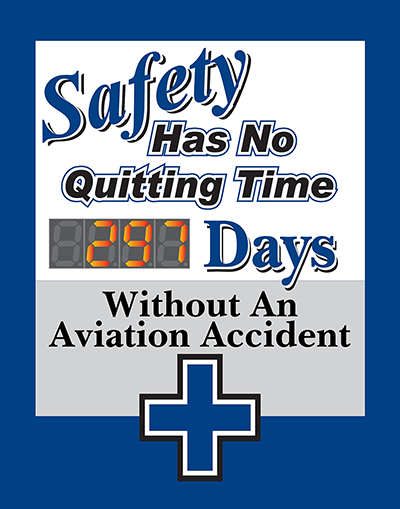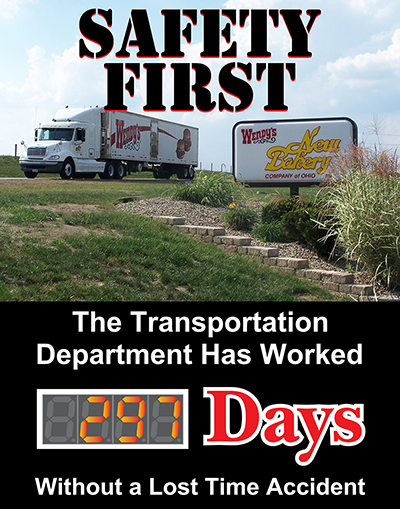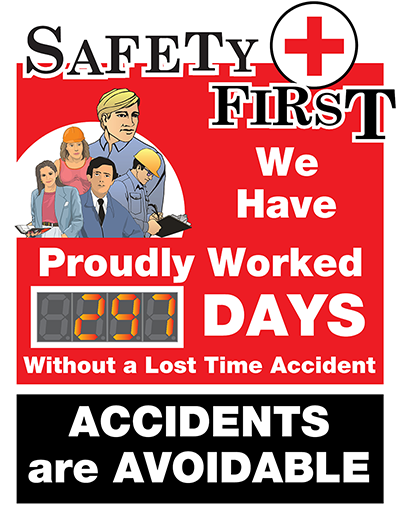
Proper training is a crucial component to many jobs, hobbies, activities, and various endeavors taken on by mankind. Even simple things such as grilling burgers, starting a campfire, or casting a fishing line hinge on proper training. Sure, someone with no training or experience may succeed some of the time, or even most of the time. However, is “most of the time” really a high enough success rate for someone operating heavy equipment, or dealing with chemicals that could kill them? Absolutely not.
Why is training important?
Employers are required by law to provide sufficient training for their employees. The Occupational Safety and Health Administration has compiled a document detailing the training standards. So, not only is proper training required by law, but it has benefits for the workforce and the managerial force as well. Proper training ensures that employees will be successful in carrying out their duties safely, and with high efficiency. Not to mention the money companies can save or use elsewhere, instead of spending on medical treatment, insurance, and repairs from employee accidents. Consider combing through your training processes, and look for ways to improve them as it will benefit your company in the long run.
How do you improve training processes?
It may be hard to identify areas in your training procedures that need to be improved. However, there is much more to training than a simple step-by-step list explaining how to work a machine.
It is important to make sure the people in charge of training are fully educated on their topic. Real life experience in their area of training is always a plus, and should be a mandatory component to any training instructor’s resume. Also, it is important to remember that different workers face different safety hazards. For example, a forklift operator will face different situations than an assembly line worker. Make sure your training is specialized to allow for adequate accommodations to all facets of work that take place in your company.
Training needs to be administered and presented in a way that keeps employees from zoning out, losing interest, or disengaging. No training process, no matter how refined, will work if employees are not actively listening and learning. Do not sit your employees down in front of a 30-year-old video on a 20-inch screen and expect them to sponge up every bit of information. Rather, present your employees fresh, refined, and interactive material that keeps interest levels up and minds engaged.
Not every person learns in the same way. There are 3 main types of learning; auditory, kinesthetic, and visual. Any sufficient training process will target all three of these types. Auditory learners need to be vocally involved, and have information relayed audibly throughout the training process. However, kinesthetic learners learn best when they are physically involved with their motions. Finally, visual learners retain information best when they can see the instructions and training modules in front of them. All three of these types of learning need to be included in any training process.
All training procedures must cover the simple things. Yes, it is important to cover topics such as machine operations, evacuation routes, emergency protocol, and workplace harassment. However, do not overlook the importance of addressing issues such as stowing boxes, running electrical cords, and mopping up spills. Many accidents occur from tripping over cords, slipping on wet surfaces, and stacking or lifting boxes. Back injuries are some of the most common injuries. Training to avoid back injuries, as well as other injuries caused by simple slips and falls, should be included in any training procedure.
Finally, do not limit your employees to a short-lived training session. Spend the extra time, and money, to expose your workforce to a training system that gives them access to the information they need to know in multiple ways. Set aside several time slots for your employees to review the training they need.
Training is an essential component to an employee’s longevity in the workplace. Proper training procedures will address all aspects pertinent to an employee’s safety, while doing so with effective media, teachers, and style. Analyzing and improving your training program could cost some extra time and money. However, in the long run it will benefit the workforce as it will improve safety and efficiency, while also saving the company money in other areas. Do not let an ineffective training program be your downfall. Spend the money and time on your employees now, or it may come back to haunt you later.
Keep your workforce focused on safety
As important as training is, so is proper employee engagement in your safety mission. Help keep employees focused on working safely with custom signs designed to do just that. These set it and forget it solutions don’t require any manual updating of the safely worked days but offer a great visual cue to remind employees to keep safety procedures in mind at all times. Each can be fully personalized with your company logo and safety program slogans.







